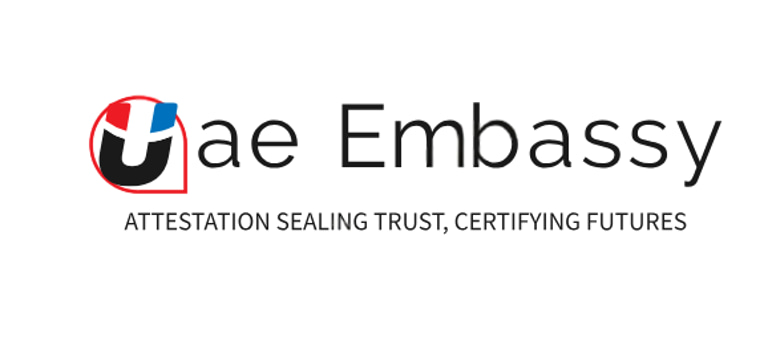embassy attestation process vs apostille Explained
embassy attestation process Explore the key differences between apostille and embassy attestation processes. Understand how each method works and when to use them for document verification.
6/11/20252 min read


Introduction to Apostille and Embassy Attestation
In an increasingly interconnected world, the need for international document verification has grown. Two primary methods are widely recognized for this purpose: apostille and embassy attestation. While both serve the same fundamental purpose of legitimizing documents for use abroad, they differ significantly in their processes and applicability. This article aims to clarify these differences to help individuals and businesses make informed choices.
What is an Apostille?
An apostille is a form of certification provided under the Hague Convention of 1961. It is used to authenticate documents for use in countries that are signatories to the Convention. The apostille simplifies the authentication process, allowing documents to be recognized in all member countries without the need for further verification. Typically, an apostille is attached to public documents such as birth certificates, marriage certificates, and educational diplomas to affirm their validity and origin.
The Process of Obtaining an Apostille
To obtain an apostille, one must first have the original document legalized by the appropriate authority in their home country. This may involve a local or state government office, such as a Secretary of State. Once the document is verified, it can be submitted to a designated authority for the apostille to be affixed. The whole process usually varies by jurisdiction but is generally straightforward and can often be completed in a relatively short time frame.
Embassy Attestation Explained
On the other hand, embassy attestation is a more complex process that involves validating a document through the embassy or consulate of the country in which the document will be presented. This method is often required for documents intended for countries that are not signatories to the Hague Convention. The attestation process confirms that the document is genuine and adheres to the laws of the country where it was issued, thereby providing an added layer of verification.
Comparing Apostille and Embassy Attestation
The key differences between apostille and embassy attestation lie in their applicability and process. Apostille is a streamlined process recognized in numerous countries. It serves as a universal affirmation, making it a preferred choice for many who require document validation across member nations. Conversely, embassy attestation is necessary for documents going to countries outside the Hague Convention community, which can lead to longer processing times and more intricate verification procedures.
Conclusion
Understanding the distinctions between apostille and embassy attestation is crucial for anyone needing to validate documents for international use. Each serves a unique purpose, and knowing when to utilize each process can significantly impact the efficiency of document legalization. When in doubt, it is advisable to consult with legal experts or attestation services to ensure compliance with the specific requirements of the destination country.
